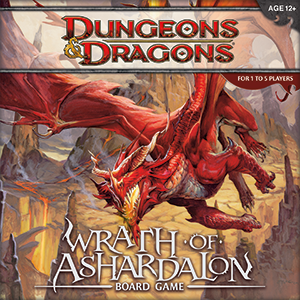The Dungeons and Dragons Basic Set is a bunch of rulebooks for the Dungeons and Dragons (D&D) satyr name generator dream pretending game. Originally published in 1977, it has been amended and reprinted a few times. It was composed by J. Eric Holmes, with contributions from Gary Gygax and Dave Arneson. alteredTom Moldvay, Frank Mentzer, Troy Denning, and Doug Stewart altered later releases.
The Basic Set subtleties are the fundamental ideas of the D&D game. It gives rules for character creation and headway for player characters at starting levels. A memory also keeps track of how to play the Dungeon Master, as well as the two players inside the dungeons. The first Dungeons and Dragons Basic Set was distributed by TSR, Inc. in 1977.
TSR employed external essayist John Eric Holmes to create the Basic Set as a starting form of the D&D game. It joins ideas from the first 1974 D&D boxed set in addition to Supplement I: Greyhawk. It clarifies the game’s ideas and technique for play in wording that makes them approachable to players ages twelve and up who are not comfortable with tabletop miniatures wargaming. Although the Basic Set was not completely viable with Advanced Dungeons and Dragons, players were relied upon to proceed with play past the third level by moving to AD&D, which was delivered starting sometime thereafter.
1981

After the arrival of the AD&D game, the Basic Set saw a significant update in 1981 by editorial manager Tom Moldvay. The game was not aligned with AD&D however rather further away from that ruleset, and accordingly the essential D&D game turned into a different and unmistakable product offering from AD&D. The previous was advanced as a continuation of the tone of unique D&D, while AD&D was a progression of the mechanics.
1983
Frank Mentzer renamed the Basic Set to Dungeons and Dragons Set 1: Basic Rules in 1983. There were two rulebooks — one for players, the other for Dungeon Masters — as well as six dice and insets that had no painted dice. The 1983 modification was bundled in a particular red box and included cover workmanship by Larry Elmore. Somewhere within the range of 1983 and 1985, the framework was modified and extended by Mentzer as a progression of 5 boxed sets, including the essential Rules, Expert Rules, Companion Rules, Master Rules, and Immortal Rules. Rather than an undertaking module, the Basic Set rulebooks incorporated a performance experience and a starting situation to be controlled by the Dungeon Master.
Though the Moldvay set’s rules were modified to a certain extent, the show was redesigned to have an instructional exercise structure, making it simpler for more youthful players to learn.
1991
In 1991, TSR delivered another form of the Basic Set, named The New Easy-to-Master Dungeons and Dragons Game, and nicknamed the “black box”. This rendition was essentially planned by Troy Denning and rolled out not many improvements to the game. It included help for characters up to the fifth level, rather than the third-level restriction of earlier Basic Set variants.
1994
A last form of the set was delivered in 1994, entitled The Classic Dungeons and Dragons Game. Altered by Doug Stewart, it eliminated the instructional exercise cards of the “black box”, joining the material into sidebars inside the single 128-page Rules and Adventure Book. The set additionally incorporated a Dungeon Master’s Screen, a bunch of six plastic miniatures for players, 24 foldable cardboard foe stands, a banner guide, and a bunch of dice. It was bundled in a ten-sided box.
